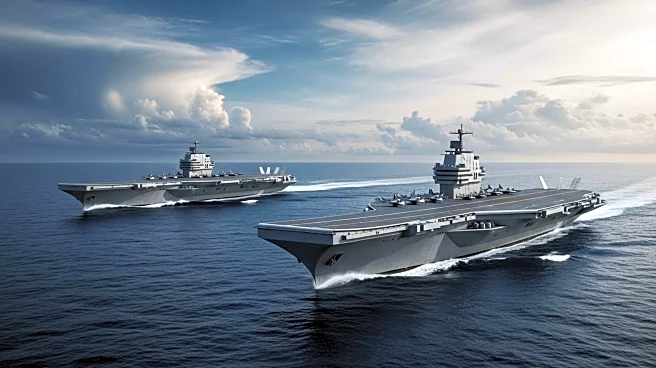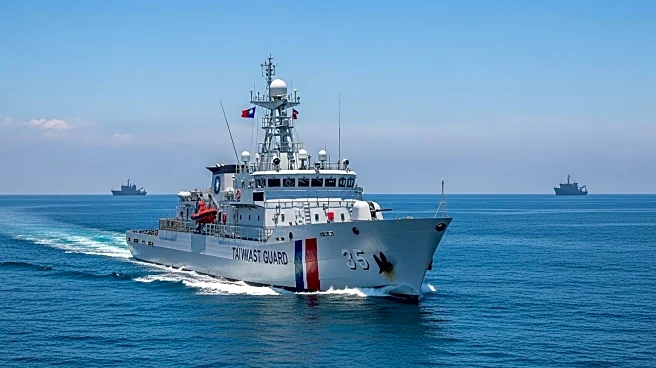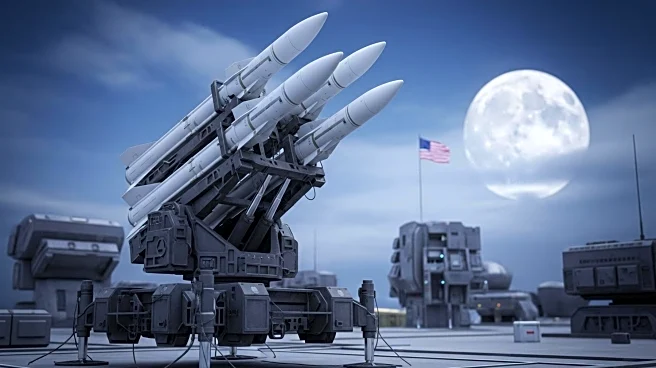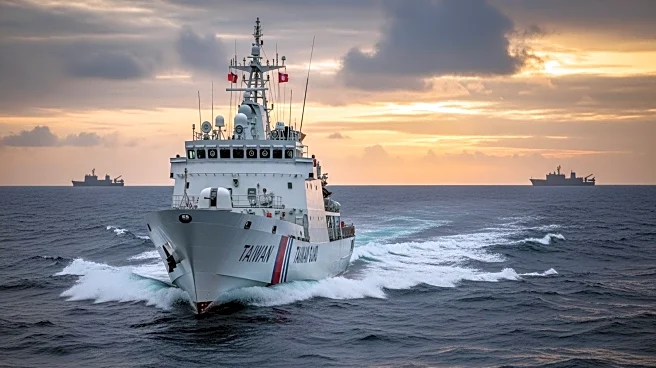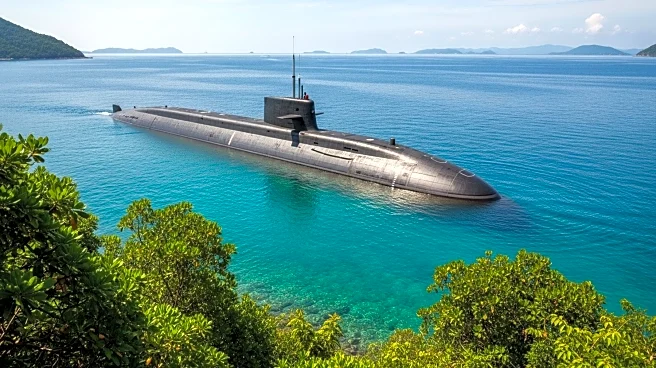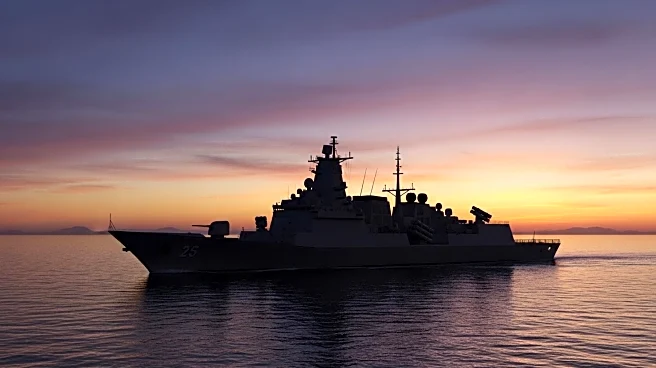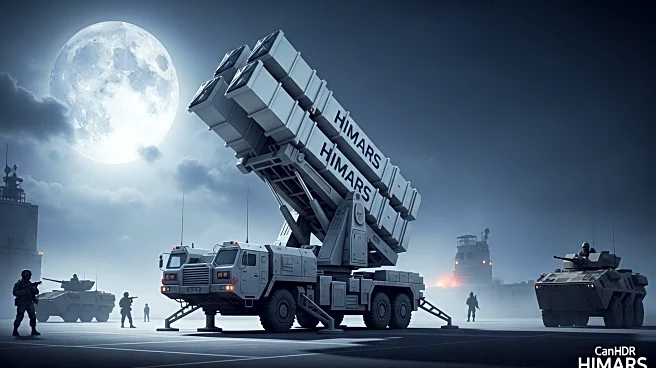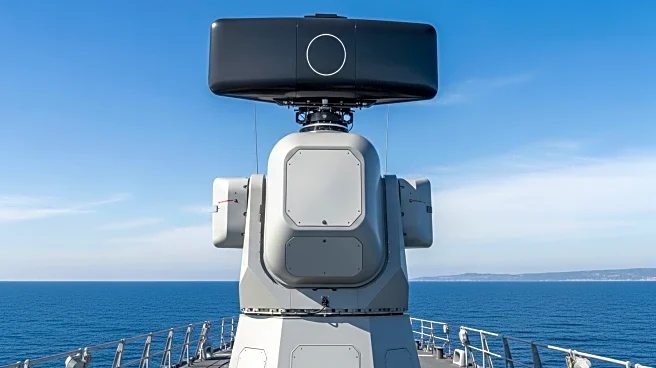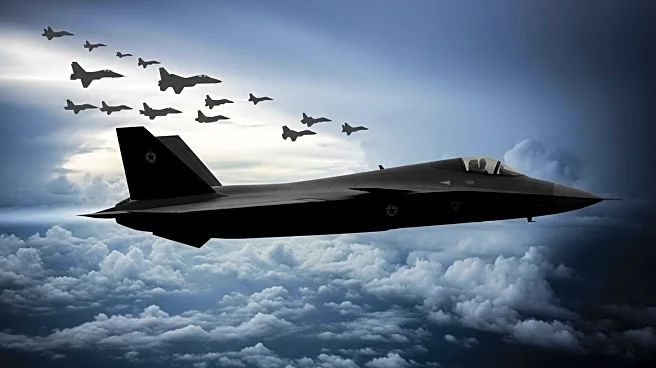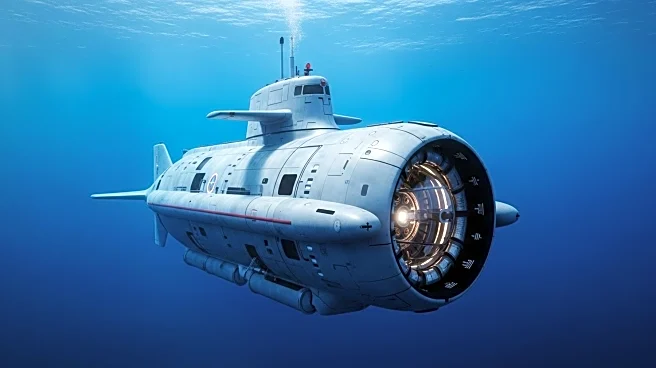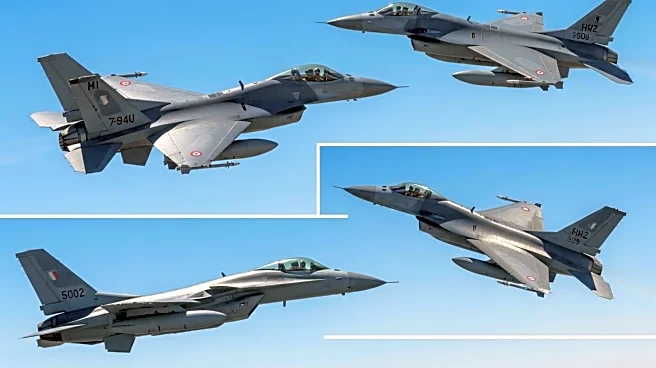What is the story about?
What's Happening?
Recent satellite imagery has revealed the presence of two Chinese aircraft carriers, the CNS Shandong and CNS Fujian, at a naval base near the contested South China Sea. This development comes as the United States aircraft carrier USS George Washington has departed from its home port in Japan for a patrol in the western Pacific. The Chinese navy, which boasts the largest fleet by hull count, is expanding its capabilities with the Fujian, its most advanced carrier featuring electromagnetic catapults. The Fujian has been conducting tests and training in the South China Sea since mid-September, following its transit through the Taiwan Strait. This activity occurs amidst ongoing territorial disputes in the region, where China asserts sovereignty over most of the waters.
Why It's Important?
The positioning of Chinese aircraft carriers in the South China Sea underscores the growing military capabilities of China and its strategic interests in the region. The presence of these carriers, particularly the advanced Fujian, highlights China's commitment to enhancing its naval power. This development is significant for the United States and its allies, as it challenges the balance of power in the Indo-Pacific region. The U.S. maintains a strategic presence in the area, with the USS George Washington stationed in Japan as part of efforts to deter Chinese expansion. The situation could impact regional security dynamics, influence U.S. military strategy, and affect diplomatic relations among countries with competing claims in the South China Sea.
What's Next?
It remains uncertain whether China will officially commission the Fujian by the end of the year, as part of its rapid naval expansion. The U.S. and its allies are likely to monitor these developments closely, potentially adjusting their military deployments and strategies in response. The ongoing presence of U.S. carriers in the region, such as the USS George Washington, will continue to play a crucial role in maintaining a balance of power and ensuring freedom of navigation in the contested waters. Diplomatic engagements and military exercises may also be employed to address the rising tensions and assert the interests of the involved nations.
Beyond the Headlines
The deployment of advanced Chinese carriers like the Fujian could have long-term implications for regional security and global naval power dynamics. As China continues to modernize its military, neighboring countries and global powers may need to reassess their defense strategies and alliances. The situation also raises questions about the future of international maritime law and the enforcement of territorial claims in the South China Sea. The evolving military landscape could lead to increased competition and potential conflicts, necessitating diplomatic efforts to prevent escalation.
AI Generated Content
Do you find this article useful?
